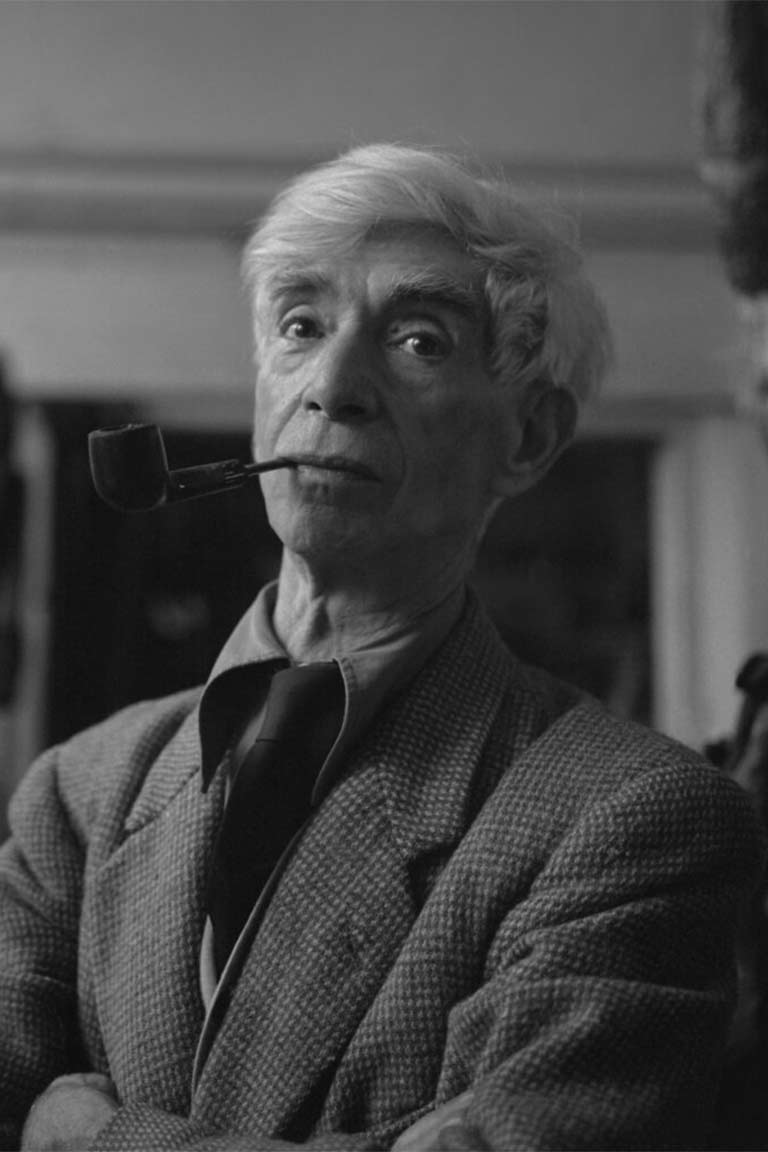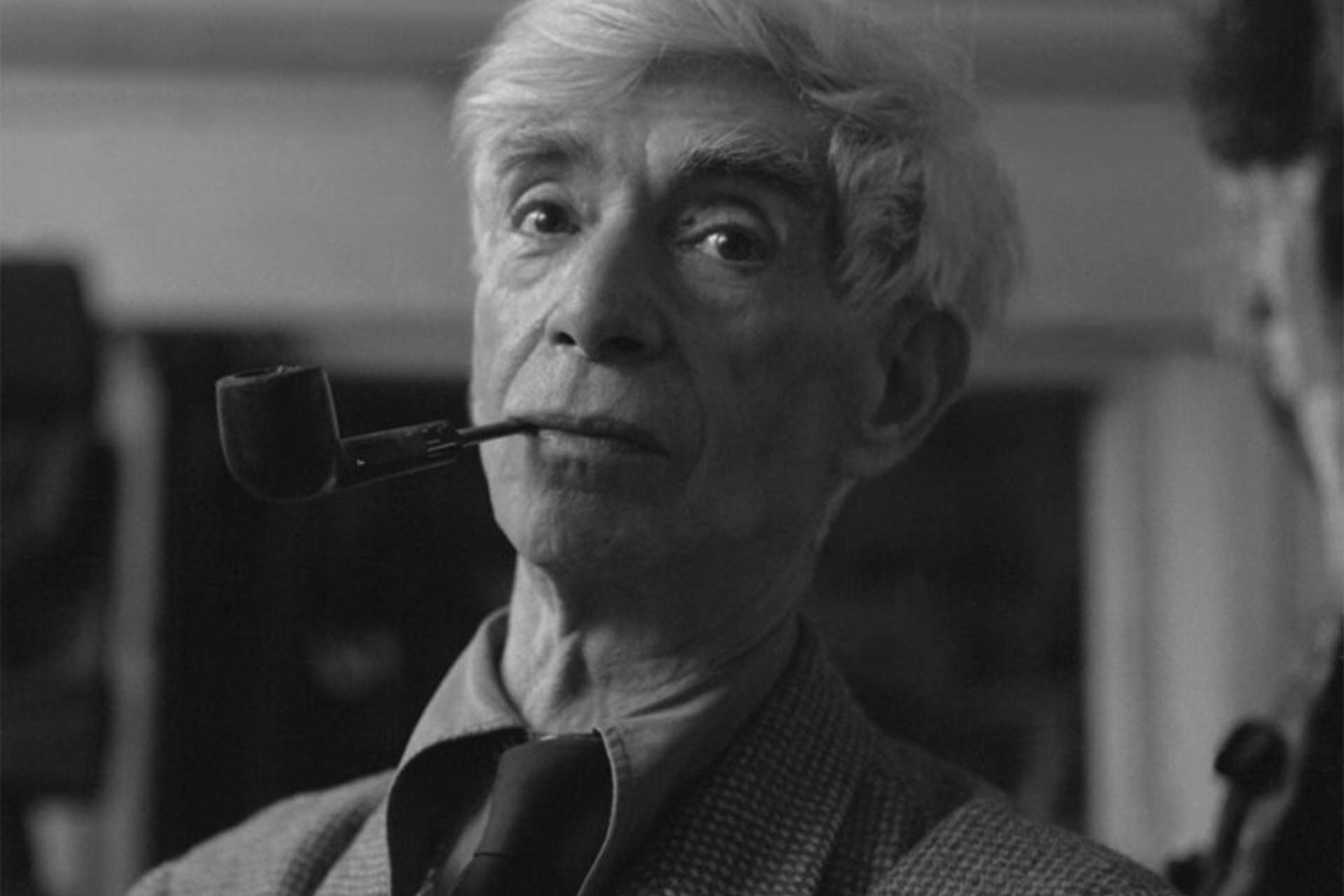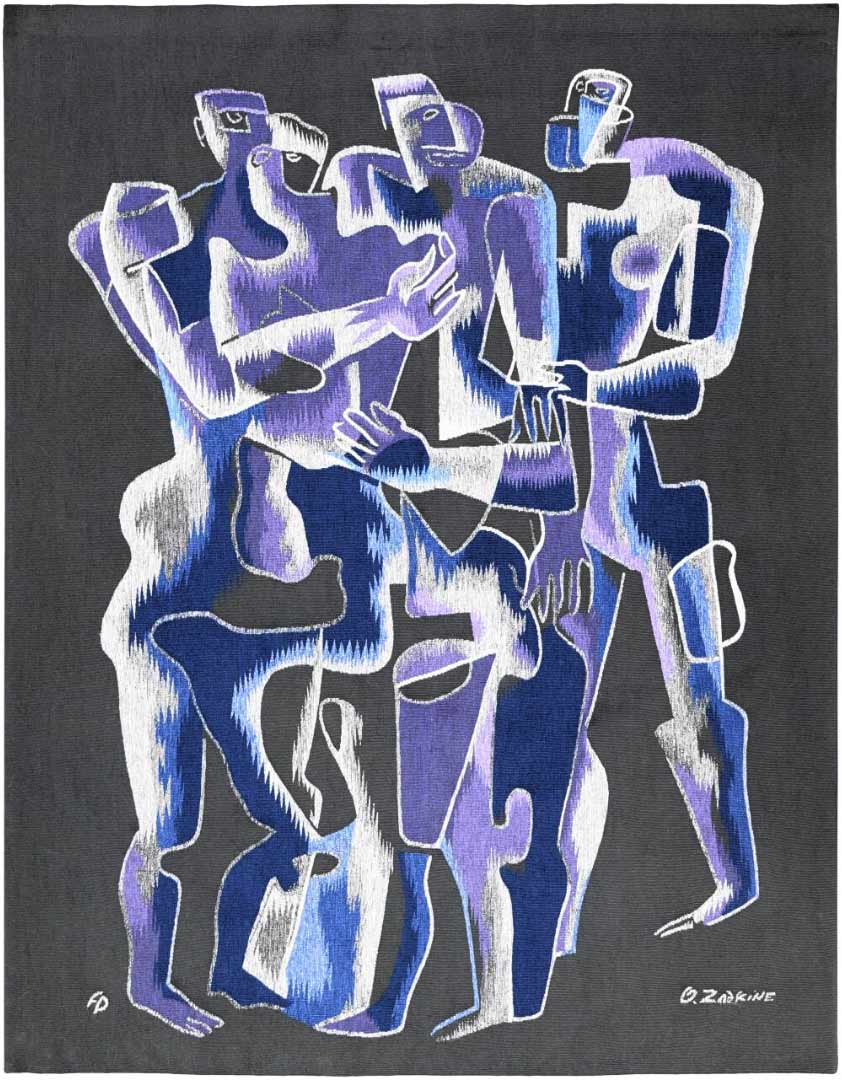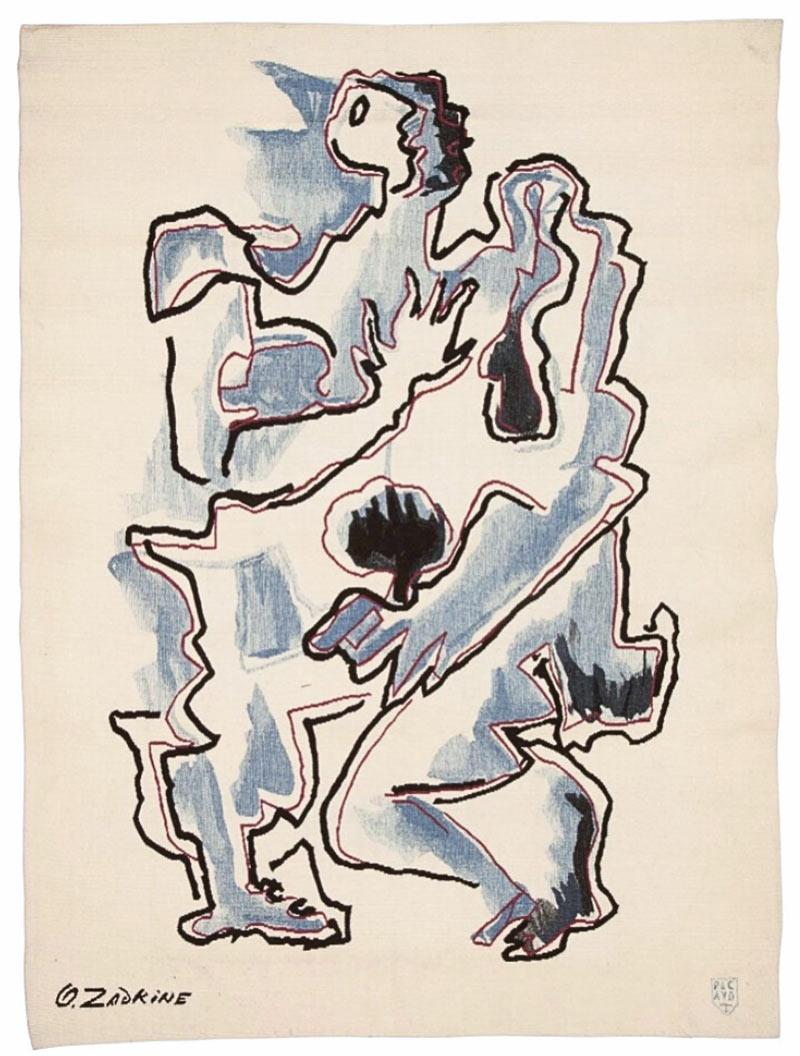Ossip Zadkine was a French painter and sculptor of Belarusian origin, born on February 9, 1888 in Vitebsk, Belarus, and died on November 25, 1967 in Neuilly-sur-Seine, France. He is considered one of the greatest masters of Cubist sculpture.
Zadkine was born into a traditional Jewish family. He began studying painting at the Academy of Fine Arts in Vitebsk, then went to Paris in 1910 to continue his studies at the Académie Julian. There, he met other avant-garde artists, such as Jean Metzinger, Albert Gleizes, and Guillaume Apollinaire.
Zadkine was quickly drawn to Cubism, an artistic movement that fragmented form into geometric planes. He participated in the first Cubist exhibition, which took place in Paris in 1911. His Cubist sculptures, such as “The Cellist” (1913), are remarkable examples of this style.
At the beginning of World War I, Zadkine was mobilized into the French army. He was wounded in 1916 and demobilized. After the war, he continued to work in the Cubist style, but he also developed a more expressionist style.
In 1920, Zadkine created his most famous sculpture, “The Christ of Rue Vavin.” This sculpture, which depicts a crucified Christ, is a monument to the victims of the war.
Zadkine continued to work as a sculptor until his death in 1967. He is the author of many monumental sculptures, such as “The Poet” (1926), “Mother and Child” (1946), and “Reclining Woman” (1954).
Zadkine is a major artist of the 20th century. His work, which combines Cubism and Expressionism, is characterized by its emotional power and expressive force.



